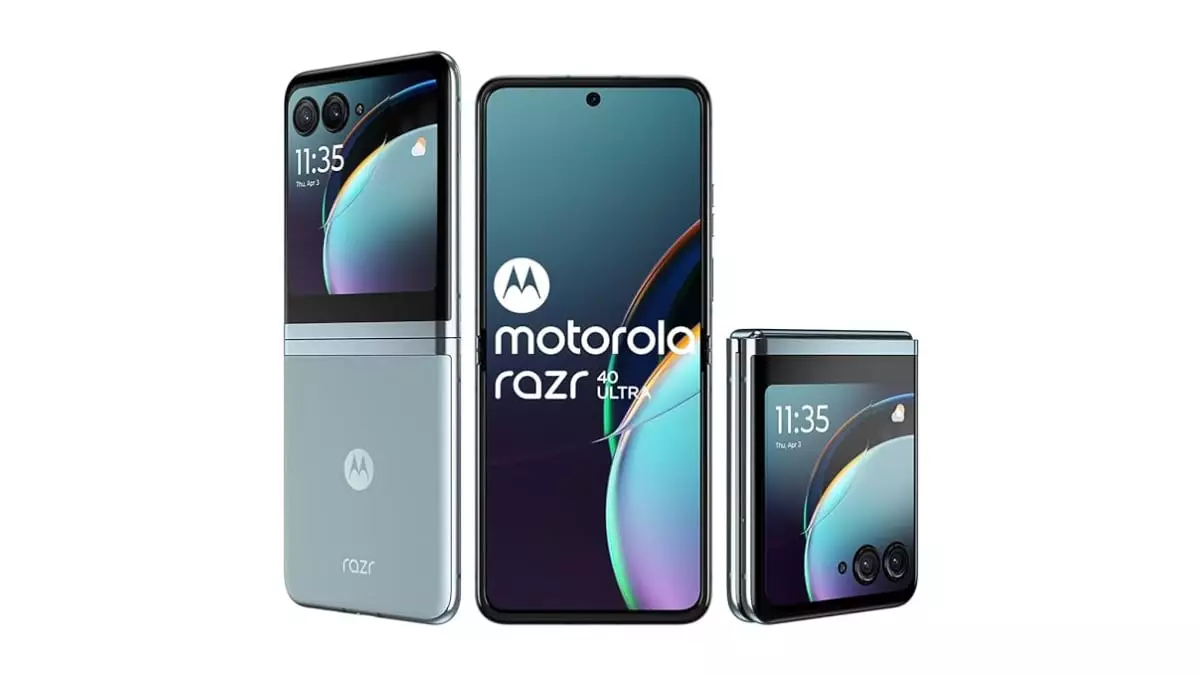Apple, a tech giant known for its innovation and sleek design, seems to be lagging behind other smartphone brands when it comes to foldable devices. While competitors have already launched foldable models, Apple is yet to showcase its first-ever device with a folding display. Recent reports suggest that Apple is working on a larger foldable device, possibly a MacBook with a 20-inch display. However, there have been delays in the development of Apple’s foldable iPhone, pushing the launch date to 2027. In the meantime, Vision Pro staff members have been redirected to focus on the foldable device project instead.
An older patent filed by Apple last year and published by the USPTO has shed some light on the company’s foldable design ambitions. The patent, titled US 20240147644 A1, hints at Apple’s exploration of clamshell foldable designs. The patent showcases an interesting hinge design, possibly intended for a smaller or more compact foldable device. Apple’s design involves interconnected links that hold the device together, resembling the metal links of a watch bracelet. The complexity of these interconnecting links sets Apple’s design apart from current foldable smartphones on the market.
Apple’s hinge design, as depicted in the patent diagrams, appears to be substantially thicker than those found in existing foldable devices. This could indicate that Apple is aiming for a more robust mechanism that offers enhanced durability and protection for the inner folding display. The complexity of Apple’s hinge design might be more suitable for a foldable iPad than an iPhone, as speculated in previous rumors. Designing a hinge for a larger tablet or a laptop presents fewer challenges compared to a smartphone, particularly in terms of IP ratings for dust and water resistance.
Taking a closer look at Samsung’s Galaxy Z Fold 5, which currently offers an IPX8 rating for minimal dust and debris protection, Apple’s potential foldable device could surpass these standards. While some manufacturers have struggled with achieving higher IP ratings for their foldable smartphones, Apple’s focus on larger devices like tablets and laptops could alleviate these challenges. By prioritizing design elements that enhance durability and reliability, Apple may be positioning itself to deliver a foldable device that sets a new standard in the market.
Apple’s journey into foldable devices is marked by delays, intricate hinge designs, and a focus on larger form factors. While the company may appear to be behind its competitors in the foldable smartphone space, its strategic approach to design and innovation could lead to groundbreaking developments in the future. As Apple continues to navigate the complexities of foldable technology, consumers can anticipate the arrival of a unique and innovative foldable device that reflects the company’s commitment to excellence.



Leave a Reply